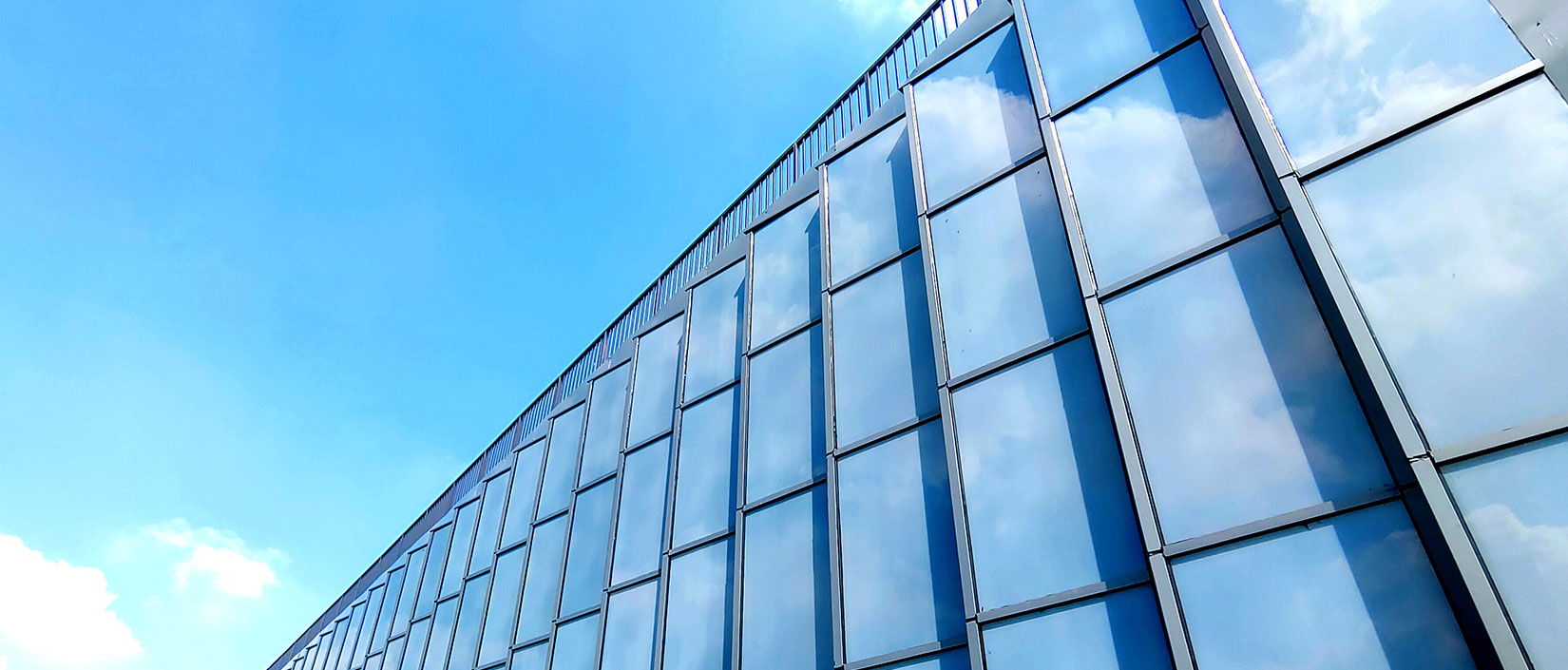Advantages and limitations of building-integrated photovoltaics (BIPV)
Building Integrated Photovoltaics (BIPV) describes a photovoltaic system in which solar PV modules are integrated within the building envelope, as opposed to a traditional PV system in which the modules are mounted on top of the existing roof. Although BIPV products have been available in Europe since the 1990s, Tesla's recently released aesthetically pleasing and competitively priced BIPV solar tiles have more effectively captured the public's imagination.
Recent studies predict that the global BIPV market is expected to grow to over $9 billion in 2019 and reach $26 billion by 2022. BIPV roofs are expected to be the largest player. They are likely to shift from high-end buildings to zero-energy buildings, which are expected to account for the majority of this market growth, followed by commercial and residential buildings.

Building Integrated PV - the benefits
Aesthetically pleasing hybrid modules: BIPV modules are integrated into the surrounding building envelope, e.g. solar tiles from Tesla and integrated solar inserts, solar windows, facades, pergolas, car parks and skylights from Nu-lok.
Flexibility: Building-integrated PV solutions are suitable for a wide range of building types and applications and can be integrated in a number of innovative ways, thus reducing the physical limitations of conventional PV modules.
Functional and aesthetic design: this is particularly important for public spaces or heritage buildings, where the preservation of architectural features forms part of the requirements for development applications.
Increased prestige and value of the building: modules within the system can be integrated into elements of the building, such as Tesla's solar tiles, increasing the value and prestige of the building, marketing opportunities and the equity value of the property.
Environmentally friendly customer satisfaction: BIPV increases customer satisfaction for occupants who want to be more environmentally friendly or have more energy autonomy.
Limitations of BIPV systems
Despite these benefits, its uptake has been limited due to
Higher capital costs: due to the interdisciplinary nature of their design and installation, systems are more expensive than typical roof-mounted systems.
Compliance costs: they require detailed planning, design and have additional complexity in the installation process.
Slow development: BIPV systems are being sold to the high end of the market, but are not yet available to the mass market. Due to their niche market, investment in their R&D and product development has been slow until recently.
Recent studies predict that the global BIPV market is expected to grow to over $9 billion in 2019 and reach $26 billion by 2022. BIPV roofs are expected to be the largest player. They are likely to shift from high-end buildings to zero-energy buildings, which are expected to account for the majority of this market growth, followed by commercial and residential buildings.

Building Integrated PV - the benefits
Aesthetically pleasing hybrid modules: BIPV modules are integrated into the surrounding building envelope, e.g. solar tiles from Tesla and integrated solar inserts, solar windows, facades, pergolas, car parks and skylights from Nu-lok.
Flexibility: Building-integrated PV solutions are suitable for a wide range of building types and applications and can be integrated in a number of innovative ways, thus reducing the physical limitations of conventional PV modules.
Functional and aesthetic design: this is particularly important for public spaces or heritage buildings, where the preservation of architectural features forms part of the requirements for development applications.
Increased prestige and value of the building: modules within the system can be integrated into elements of the building, such as Tesla's solar tiles, increasing the value and prestige of the building, marketing opportunities and the equity value of the property.
Environmentally friendly customer satisfaction: BIPV increases customer satisfaction for occupants who want to be more environmentally friendly or have more energy autonomy.
Limitations of BIPV systems
Despite these benefits, its uptake has been limited due to
Higher capital costs: due to the interdisciplinary nature of their design and installation, systems are more expensive than typical roof-mounted systems.
Compliance costs: they require detailed planning, design and have additional complexity in the installation process.
Slow development: BIPV systems are being sold to the high end of the market, but are not yet available to the mass market. Due to their niche market, investment in their R&D and product development has been slow until recently.
评论
发表评论